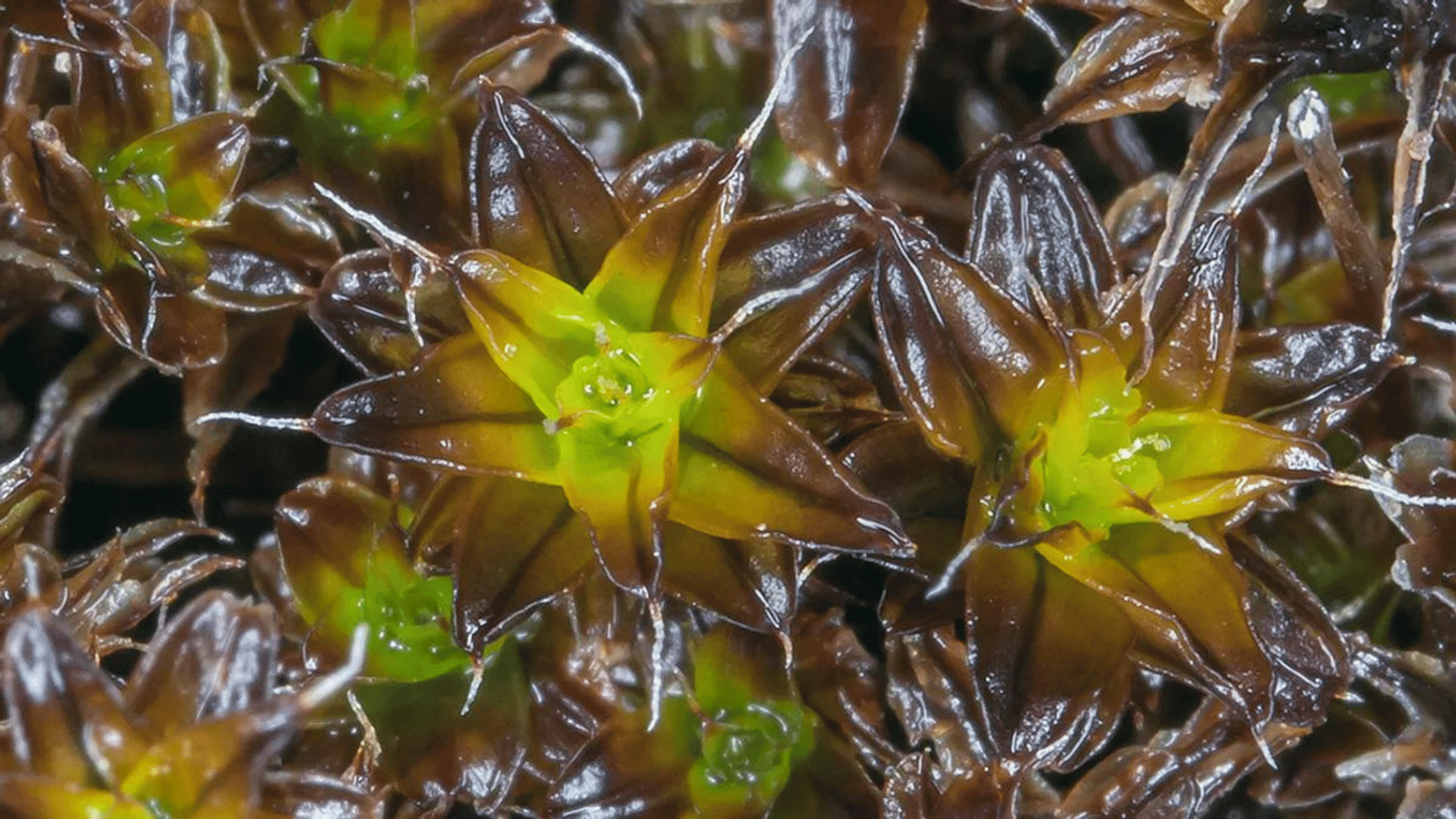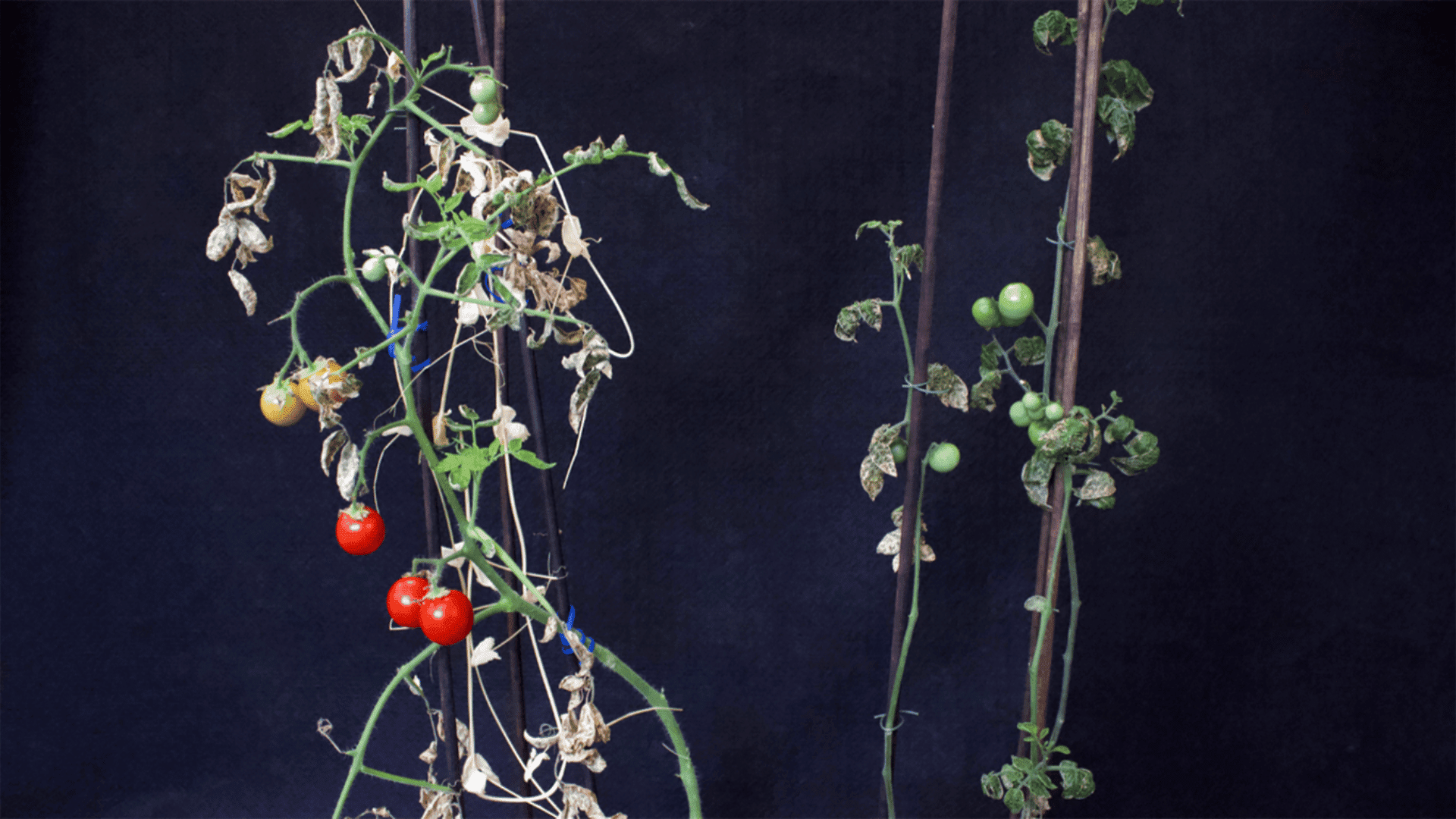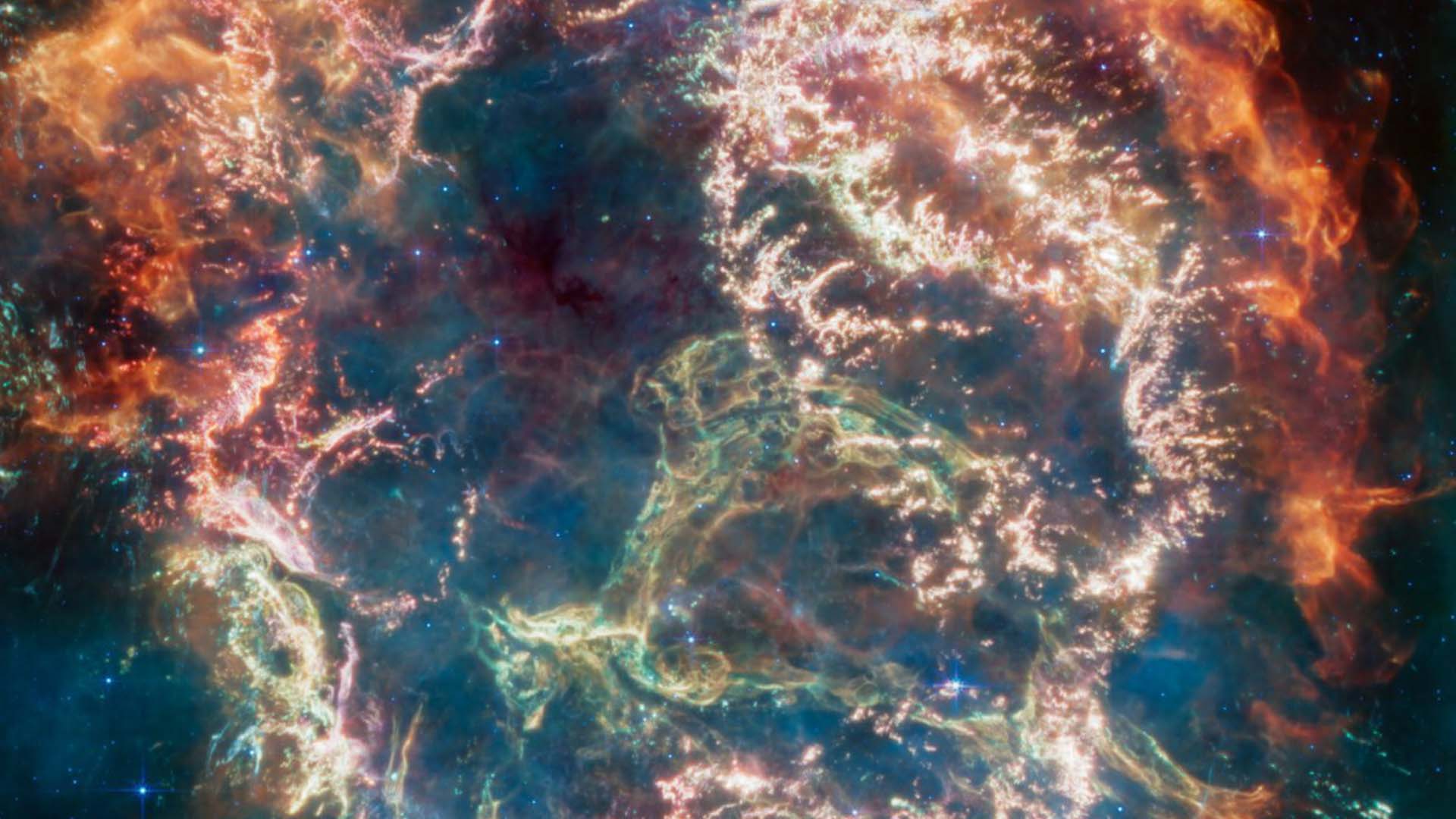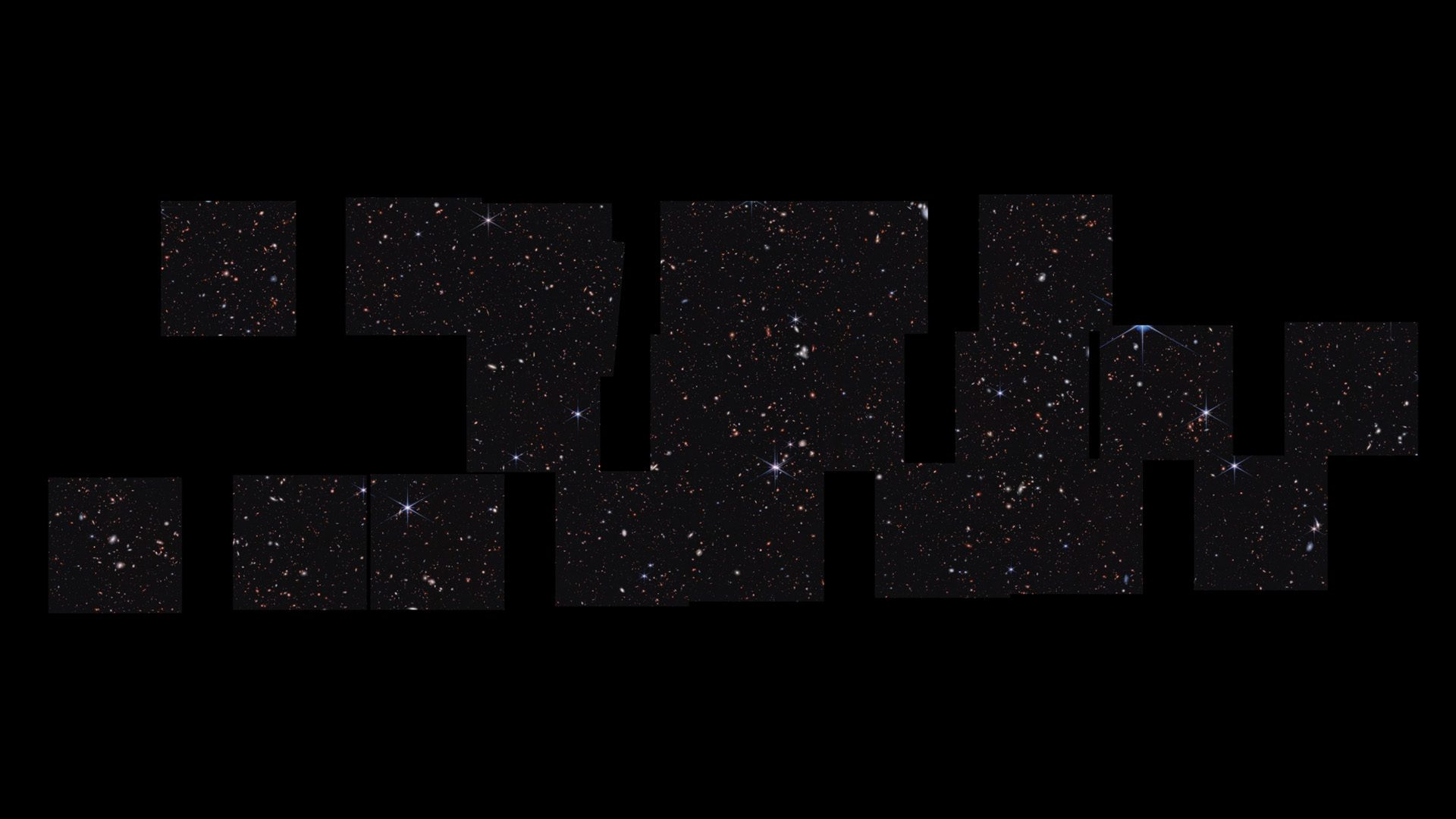Scientists have found a plant that could survive the harsh conditions on Mars, which could help future human missions to explore and terraform the red planet.

In a new study, a team from the Chinese Academy of Sciences tested a type of moss named Syntrichia caninervis, found most commonly in the biological soil crust (BSC) of colder deserts.
Since this moss species is resilient to extreme environmental stressors such as cold, drought, and radiation, the team speculated that it could be a good candidate to survive the harsh conditions on Mars.
“Among land plants, mosses are often the pioneer species that are naturally selected for growth in extreme environments. Moss crusts represent an advanced stage in the development of BSCs,” the team writes in their paper. “Compared with algae and lichen crusts, moss crusts have greater biomass and carbon fixation capacity, thus playing important roles in biogeochemical cycles and stabilizing the desert surface.”
Explore Tomorrow's World from your inbox
Get the latest science, technology, and sustainability content delivered to your inbox.
I understand that by providing my email address, I agree to receive emails from Tomorrow's World Today. I understand that I may opt out of receiving such communications at any time.
To test their theory, the team subjected the moss to Mars-like conditions in the lab. They tested its resilience to dehydration and found that the moss survived dehydration and resumed physiological activities “within seconds of rehydration.”
Next, hydrated and dehydrated plants were subjected to extreme cold by being placed in a –80°C (–112°F) freezer for 3 or 5 years and a –196°C (-321°F) liquid nitrogen storage tank for 15 or 30 days before being transferred to sterilized sand for recovery. The results showed that the plants recovered well, with the dehydrated plants doing slightly better than the hydrated plants.
Next, the team exposed both the hydrated and dehydrated plants to the level of extreme radiation they would face on Mars, which is between 500 and 16,000 grays (Gy). When the radiation was between 500 and 1,000 Gy, the plants recovered better than the control plants.
Higher doses of radiation appeared to impact the plants more, and they showed signs of stress when exposed to over 4,000 Gy. After 60 days of recovery, however, these plants had a 70 percent regeneration rate.
The team found that around 50 percent of the organisms survived when exposed to an hour’s worth of 5,000 Gy. This shows how hardy these plants are, as humans will generally suffer convulsions or death at 50 Gy, and most plants can’t endure more than 1,000 Gy.
Finally, using the Planetary Atmospheres Simulation Facility at the Chinese Academy of Sciences, the team tested the plants under additional Mars conditions, including the balance of gases in Mars’s atmosphere and the temperature fluctuations typical for the red planet. The dehydrated plants recovered 100 percent after a 30-day recovery period, while the hydrated plants also recovered but at a slower rate.
“Although there is still a long way to go to create self-sufficient habitats on other planets, we demonstrated the great potential of S. caninervis, a model moss plant, as a pioneer plant for growth on Mars,” the team concluded. “Looking to the future, we expect that this promising moss could be brought to Mars or the Moon to test further the possibility of plant colonization and growth in outer space.”







